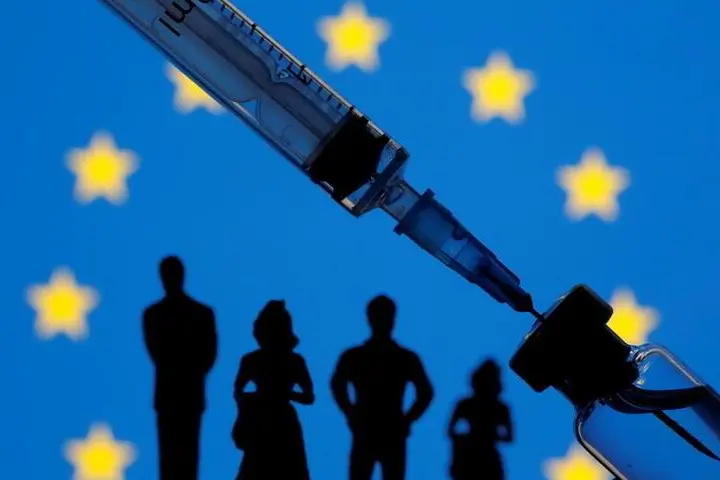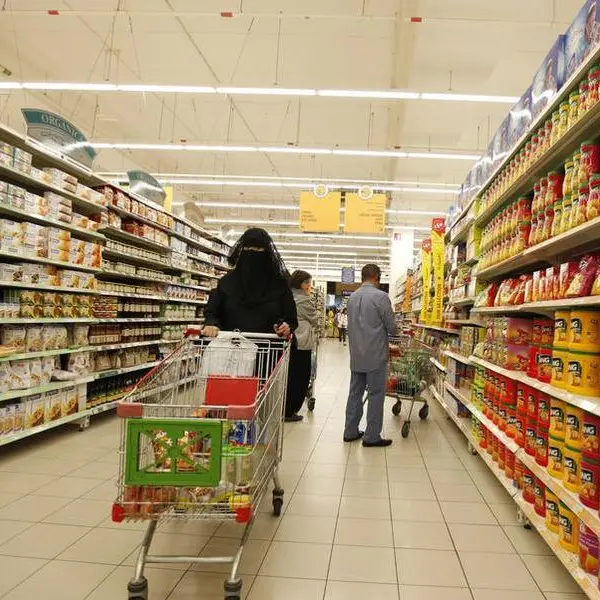PHOTO
BRUSSELS – When it comes to COVID-19 vaccinations, Europe is lagging far behind its peers. So far, less than 15% of the European Union’s population has received at least one dose, compared to 31% in the United States and 45% in the United Kingdom. The EU’s failure is so profound that the normally placid World Health Organization recently felt compelled to reiterate the obvious: the slow vaccine rollout will prolong the pandemic, with high human and economic costs.
In March 2020, the EU seemed to be on the right track. With the pandemic picking up, it was agreed that the European Commission would negotiate advance-purchase agreements for a portfolio of vaccine candidates on behalf of member states. That way, when a candidate proved safe and effective, enough doses would be made available to Europeans.
At the end of last year, the Commission proudly announced that it had concluded contracts for over two billion vaccine doses – more than enough for the EU’s total population of 440 million. As doses arrived, they would be distributed on a per capita basis, thereby avoiding unseemly tensions like those that emerged in the early months of the pandemic, when a rush to claim limited supplies of personal protection equipment pitted member states against one another.
With a large and diversified portfolio of vaccine doses on order and a clear distribution schedule, the EU seemed to have proven its worth. But it turned out that the contracts had been concluded late and were not binding.
As is so often the case with the EU, too many actors were involved in decision-making, so it was virtually impossible to pinpoint who was responsible for what. The Commission conducted the negotiations with the producers, but under the control of a committee of representatives from the member states, thus recreating the coordination problems that centralized procurement was meant to avoid.
Moreover, EU negotiators wasted precious time resisting pharmaceutical companies’ understandable request that they could not be held liable for any problems that might arise from new vaccines, which were being developed, tested, and approved on a dramatically accelerated timeline. Every day the EU refused to agree to this condition was another day when the companies were not committing to the production capacity required to secure adequate supplies.
A curious inconsistency pervaded the negotiations. On the one hand, vaccine development and production were left entirely in the hand of private actors. On the other, the EU made no attempt to use economic incentives to accelerate production.
Nor did the EU ensure that legally binding delivery schedules were included in its contracts with vaccine developers. The Commission’s claims to billions of doses refer only to the year 2021, sometimes even including 2022.
The EU’s contracts with vaccine producers do include “estimated” delivery schedules for different quarters of 2020, but companies face no penalties if they fail to adhere to them. AstraZeneca, for example, has agreed only to make its “best efforts” to deliver doses, and its contract includes little information about what remedial action could be taken if it runs late.
This is not surprising for AstraZeneca, which has agreed to provide the vaccine to Europe “at cost.” How much effort can one expect from a company that has promised not to “profit” from production?
But even for companies that are supposed to make a profit, there are no penalties for missing deadlines; they simply must explain the reasons for the delay and submit a revised delivery schedule. So, revenues will not change, regardless of when they deliver.
Costs, however, would change. Economists studying investment usually assume that the costs of ramping up production increase more than proportionally. This is why firms generally increase production capacity gradually. The more elastic their delivery schedules are, the slower this process will be. In a pandemic that has killed more than 600,000 Europeans and is necessitating economically devastating lockdowns, this has dire implications.
And yet, when it comes to vaccine production, the EU may be roughly on par with the US. The difference is that the US – which has administered roughly 153 million doses so far – has not exported any of its output. The EU, by contrast, has administered 75 million doses, and exported 77 million.
Israel’s admirably quick vaccine campaign was made possible by over ten million doses from EU producers. About half of the 36 million doses administered in the UK – which has also not exported a single dose came from EU production. Even the US has imported vaccine doses from Belgium and the Netherlands.
This is not to say that the EU should follow the example set by the US and the UK and bar vaccine exports not least because EU production relies on imported ingredients. For now, the European Commission has called for a Transparency and Authorization Mechanism to ensure more reciprocity.
Clearly, Europe still has a strong base for groundbreaking scientific research and the capacity to produce new high-tech medical products rapidly and at scale. But the EU’s structure is not suited to nimble executive action, and its overly complicated decision-making mechanisms are an obstacle to accountability. As long as this remains true, crises will continue to get the better of Europe.
Daniel Gros is a member of the board and a distinguished fellow at the Centre for European Policy Studies.
Disclaimer: The content of this article is syndicated or provided to this website from an external third party provider. We are not responsible for, and do not control, such external websites, entities, applications or media publishers. The body of the text is provided on an “as is” and “as available” basis and has not been edited in any way. Neither we nor our affiliates guarantee the accuracy of or endorse the views or opinions expressed in this article. Read our full disclaimer policy here.
© Project Syndicate 2021











